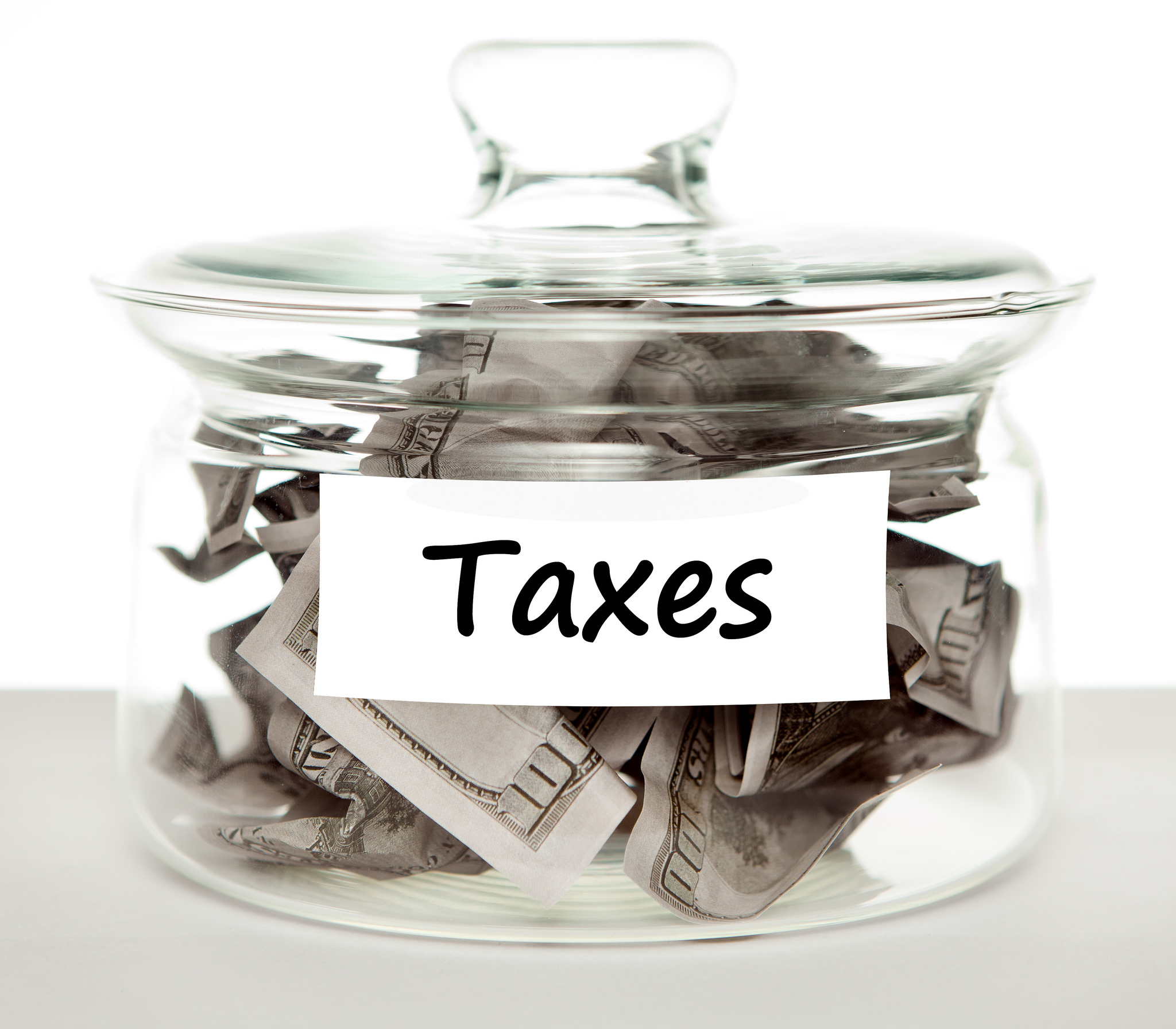
We have been reading in the newspapers about the Minimum Alternate Tax (MAT) controversy in India. Through this article, I have tried to explain the controversy in a simple and precise manner.
Let us start with the background of Minimum Alternate Tax (MAT). It was introduced in the year 1987. It was instituted because of the presence of companies that made huge profits as per their accounts books, paid substantial dividends, but paid very little or zero taxes. They could do it because of the plethora of exemptions, deductions, and incentives available in the Income Tax Act of India. As per the provisions of the Income Tax Act, their income computed was very less, even when they were showing huge profits in their books.
To ensure that these “zero-tax companies” contribute a minimum amount to the exchequer, the concept of Minimum Alternate Tax (MAT) was introduced in the year 1987. It was abolished in the year 1991 and again re-introduced in the year 1996.
MAT is the minimum amount of tax that a company has to pay to the Government irrespective of its tax liability. It is 18.5% of the book profits earned by the company. If the tax computed in accordance with the provisions of the Income Tax Act comes out to be less than the Minimum Alternate Tax (MAT) that is 18.5 % of the book profits, the company has to pay MAT to the Government.
Interesting fact: One company which paid zero taxes in spite of having huge profits was Reliance. Reliance paid taxes for the first time in the year 1996-97, almost 20 years after the company was first formed.
Minimum Alternate Tax (MAT) is applicable to all Indian companies and foreign companies having an income source in India, except those engaged in infrastructure and power sectors.
[You may also read: What is General Anti-Avoidance Rules/ GAAR?]
THE MAT CONTROVERSY
There was ambiguity regarding the applicability of MAT on capital gains made by Foreign Institutional Investors (FIIs). But, this tax was never imposed on Foreign Institutional Investors (FIIs) as they do not have a permanent establishment in India. Though, this year in March 2015, tax authorities began to send tax notices to Foreign Institutional Investors (FIIs) in India. They levied MAT on capital gains made by these foreign investors.
[You may also read: FDI, FII. FPI, QFI explained]
When MAT is not applicable, foreign investors have to pay 15 % taxes on short term capital gains on equity shares, 5% on gains on bonds, and nothing on long term capital gains on equity shares. As these tax rates are lower than the Minimum Alternate Tax rate (18.5%), tax authorities sent them notices to pay a higher rate of 18.5 % on the capital gains made by them.
But, FIIs made a representation that the MAT was not applicable on them as they do not have a physical presence in India. This controversy was dubbed as ‘tax terrorism’ and it hurt India’s image as an investment destination. FIIs started pulling money out of India.
To calm the nerves of the foreign investors, the Government made it explicitly clear in the budget of 2015-16, that FIIs would be exempt from MAT on investments made after April 1, 2015.
This clarification made things worse as tax authorities became even more aggressive to pursue MAT demands on the investments made before April 1, 2015. The total tax demands could have been as high as Rs. 40,000 crores.
The Government had to appoint a committee headed by AP Shah to decide on the contentious issue. On 27th September 2015, the Government clarified that the Income Tax Act would be amended with retrospective effect to exempt FIIs from unnecessary tax hassles.
Thus, this controversy was laid to rest.
[You may also read: Balance of payments (BOP), current account, capital account explained]
For further clarification:
- Taxation in India- CENVAT and MAT explained (article by Vskills)
- What is Minimum Alternate Tax, the MASSIVE demand that the I-T department has slapped on FIIs and FPIs? (article by Indian express)
Glossary:
Capital Gains: a profit from the sale of property or an investment. In this case, the sale of shares and bonds.
Economyria is now on Telegram. For a simplified analysis of topics related to economy/ business/ finance, subscribe to Economyria on Telegram